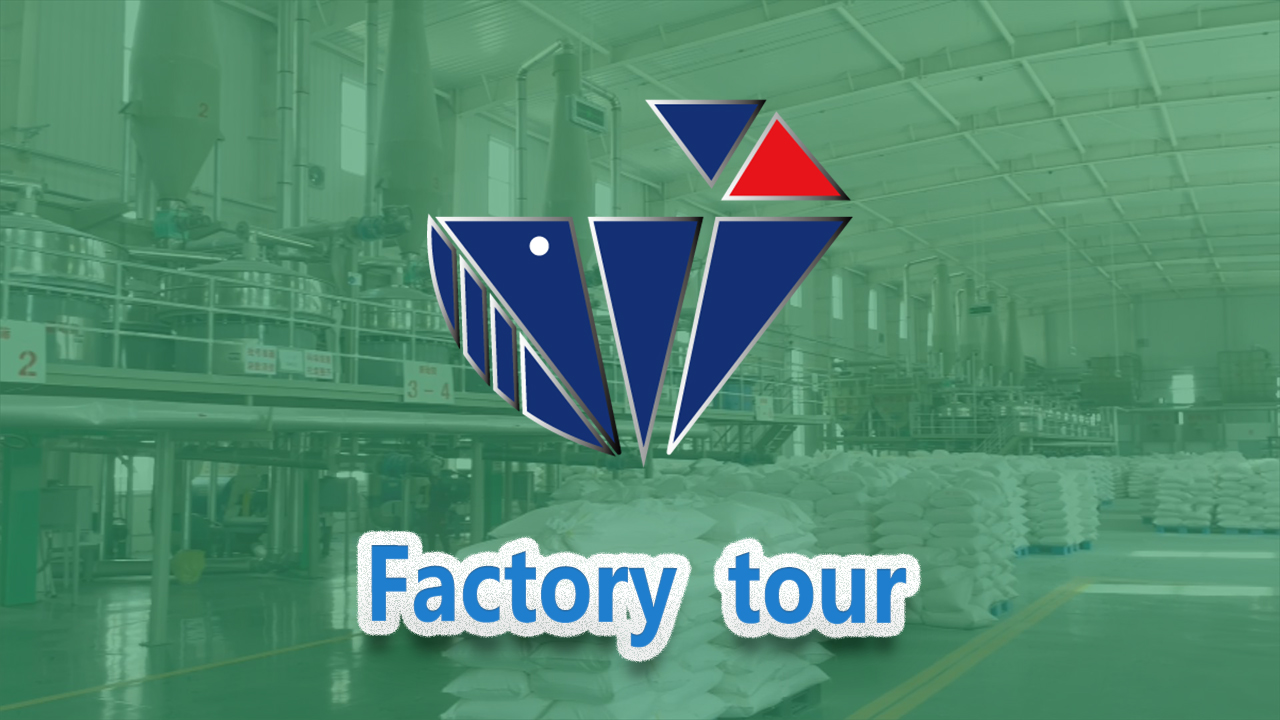
Tach . 14, 2024 21:43 Back to list
hpmc gelation temperature
Understanding HPMC Gelation Temperature
Hydroxypropyl methylcellulose (HPMC) is a versatile, cellulose-based polymer widely used in various industries, including pharmaceuticals, food, and cosmetics. One of HPMC's essential properties is its gelation temperature, a critical factor affecting its performance in applications such as drug delivery systems, thickening agents, and stabilizers. Understanding the gelation temperature of HPMC is vital for optimizing its use in diverse formulations.
The Basics of HPMC
HPMC is synthesized through the etherification of cellulose, resulting in a compound that is soluble in water and has numerous favorable characteristics, including excellent thickening, binding, and film-forming properties. Its chemical structure allows for modifications that can influence its solubility and gelation behavior. These modifications are crucial when it comes to tailoring HPMC for specific applications, particularly those that require precise control over viscosity and gel formation.
What is Gelation Temperature?
The gelation temperature of HPMC refers to the temperature at which the polymer transitions from a liquid or sol state to a gel-like state. This temperature is influenced by various factors, including the degree of substitution, concentration of the polymer, and the presence of other solutes, such as salts and sugars. Typically, HPMC solutions will start to thicken as the temperature rises and will reach a point where they form a stable gel.
Importance of Gelation Temperature
hpmc gelation temperature

In pharmaceutical applications, the gelation temperature plays a critical role in drug release mechanisms. For instance, HPMC is often used in controlled-release formulations, where the gelation temperature can determine the rate at which a drug is released into the body. Formulations with a higher gelation temperature may provide extended-release profiles, while those with lower temperatures can be more suitable for immediate-release applications.
In the food industry, HPMC is employed as a thickener and stabilizer in various products. The gelation temperature is crucial for maintaining the desired texture and consistency of food items such as sauces, dressings, and dairy products. Adjusting the gelation temperature allows manufacturers to create products that meet specific consumer preferences for mouthfeel and viscosity.
Factors Influencing HPMC Gelation Temperature
Several factors can influence the gelation temperature of HPMC. The degree of substitution (DS) is one of the most significant aspects. HPMC with a higher DS generally exhibits a lower gelation temperature. Concentration is another critical factor; as the concentration of HPMC increases, the gelation temperature may also rise due to enhanced intermolecular interactions among polymer chains.
The presence of electrolytes can also impact gelation. For example, adding salts can screen repulsive interactions between charged groups, potentially lowering the gelation temperature. Conversely, other additives such as sugars or polyols can alter the thermodynamic environment, leading to different gelation behaviors under varying conditions.
Conclusion
Understanding the gelation temperature of HPMC is essential for optimizing its use in various applications. By manipulating factors such as the degree of substitution, concentration, and the inclusion of other solutes, formulators can tailor the properties of HPMC to meet specific requirements. As research progresses and new applications for HPMC are discovered, a deeper understanding of gelation temperature will continue to be an important area of focus, further expanding the possibilities for this versatile polymer in both existing and emerging markets. The ongoing exploration and optimization of HPMC's gelation behavior will undoubtedly enhance its role in innovation across multiple industries.
-
Versatile Hpmc Uses in Different Industries
NewsJun.19,2025
-
Redispersible Powder's Role in Enhancing Durability of Construction Products
NewsJun.19,2025
-
Hydroxyethyl Cellulose Applications Driving Green Industrial Processes
NewsJun.19,2025
-
Exploring Different Redispersible Polymer Powder
NewsJun.19,2025
-
Choosing the Right Mortar Bonding Agent
NewsJun.19,2025
-
Applications and Significance of China Hpmc in Modern Industries
NewsJun.19,2025







